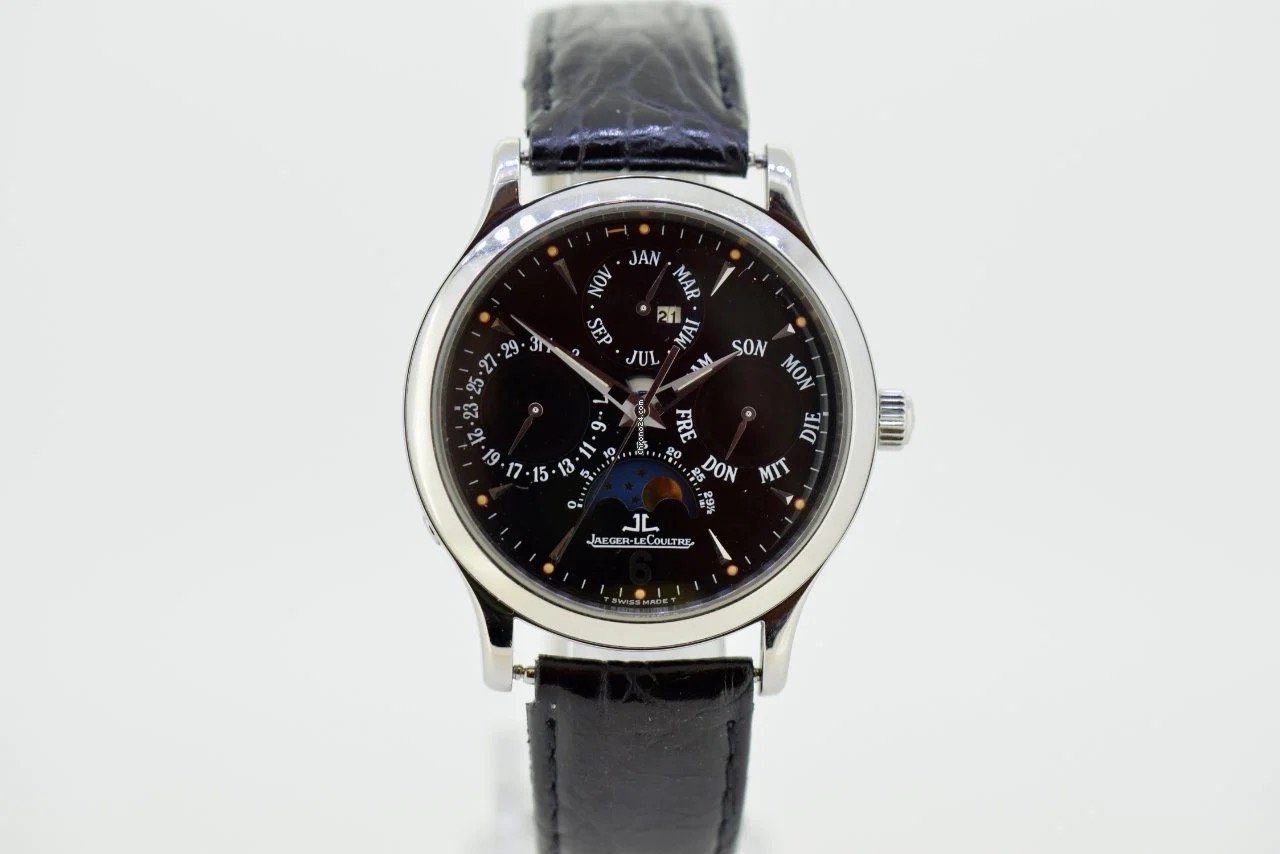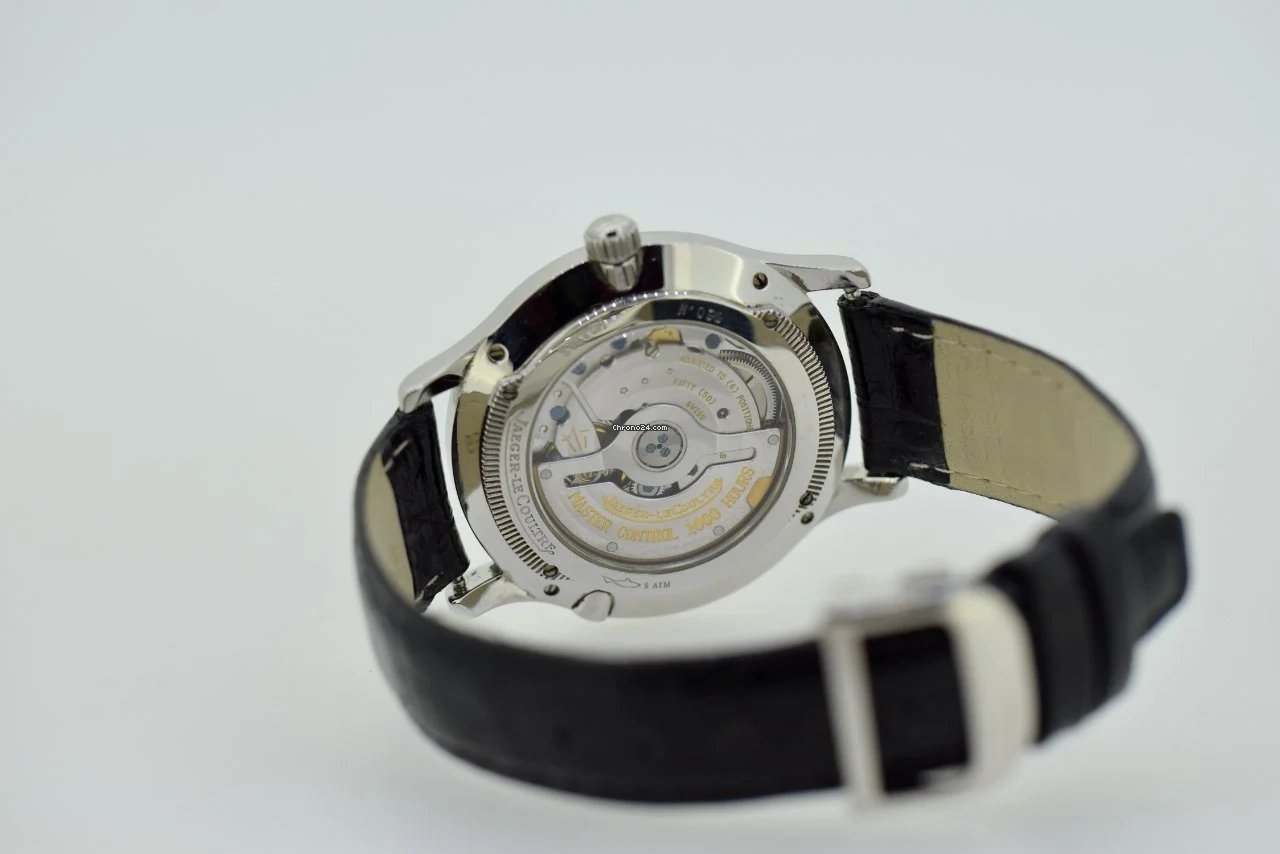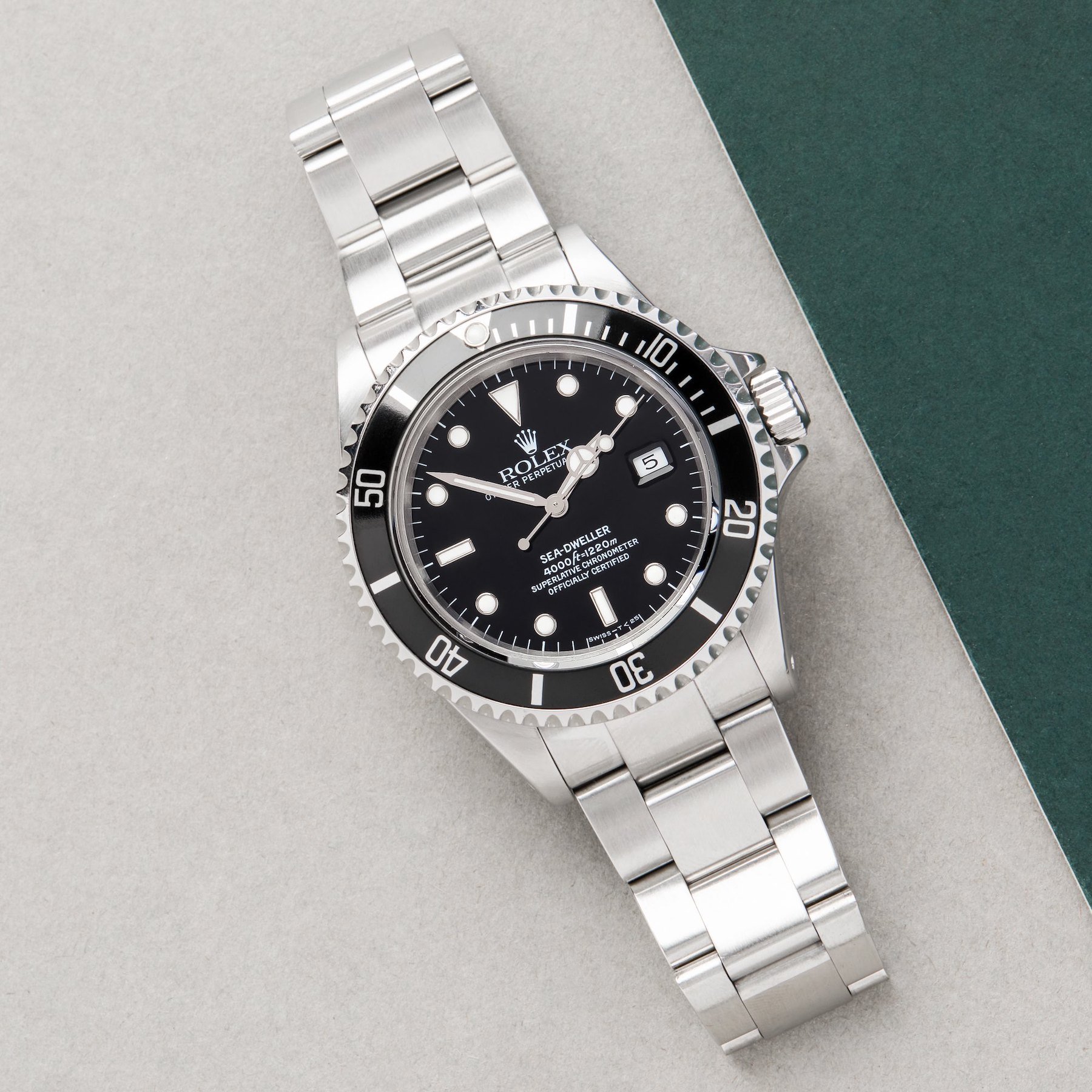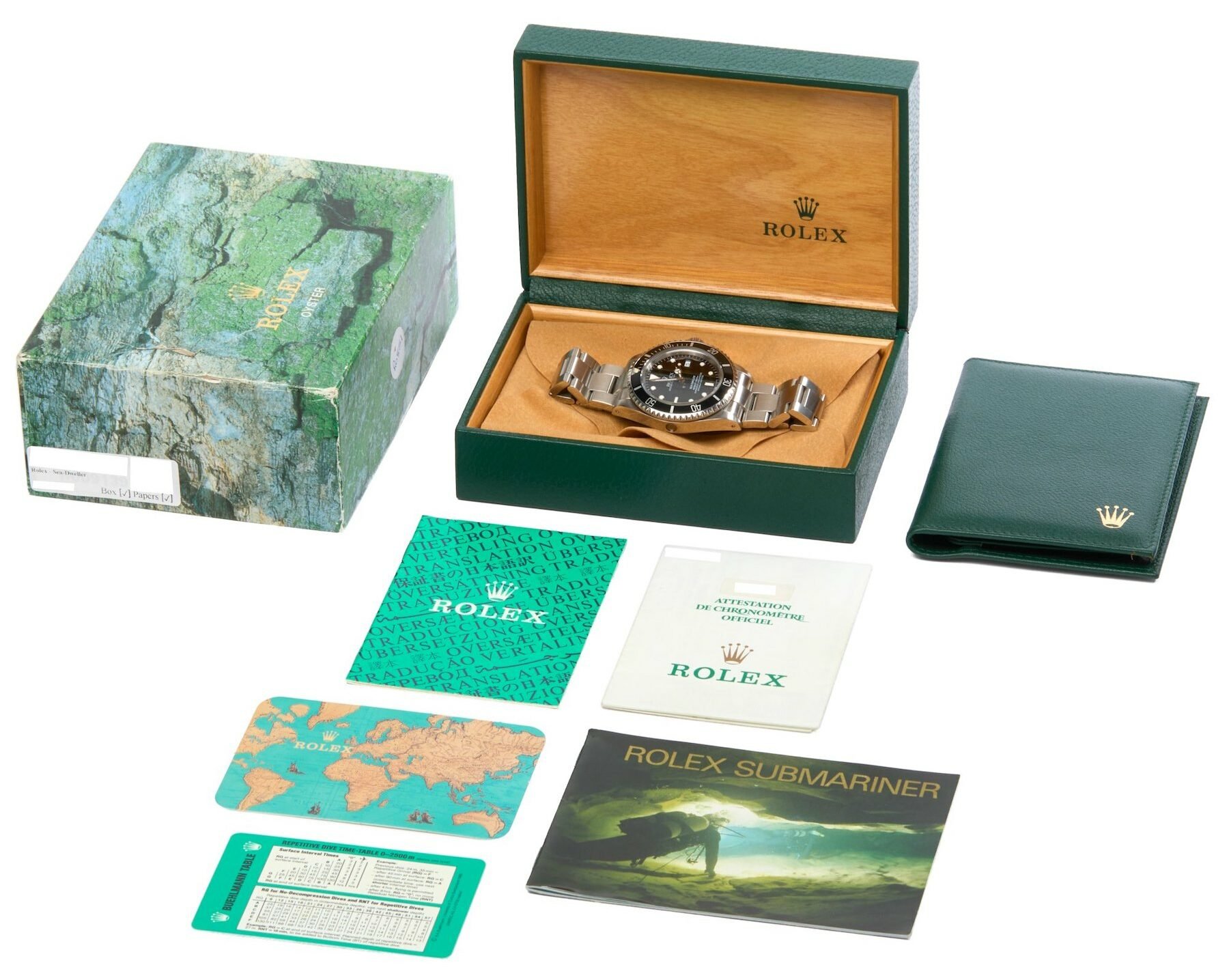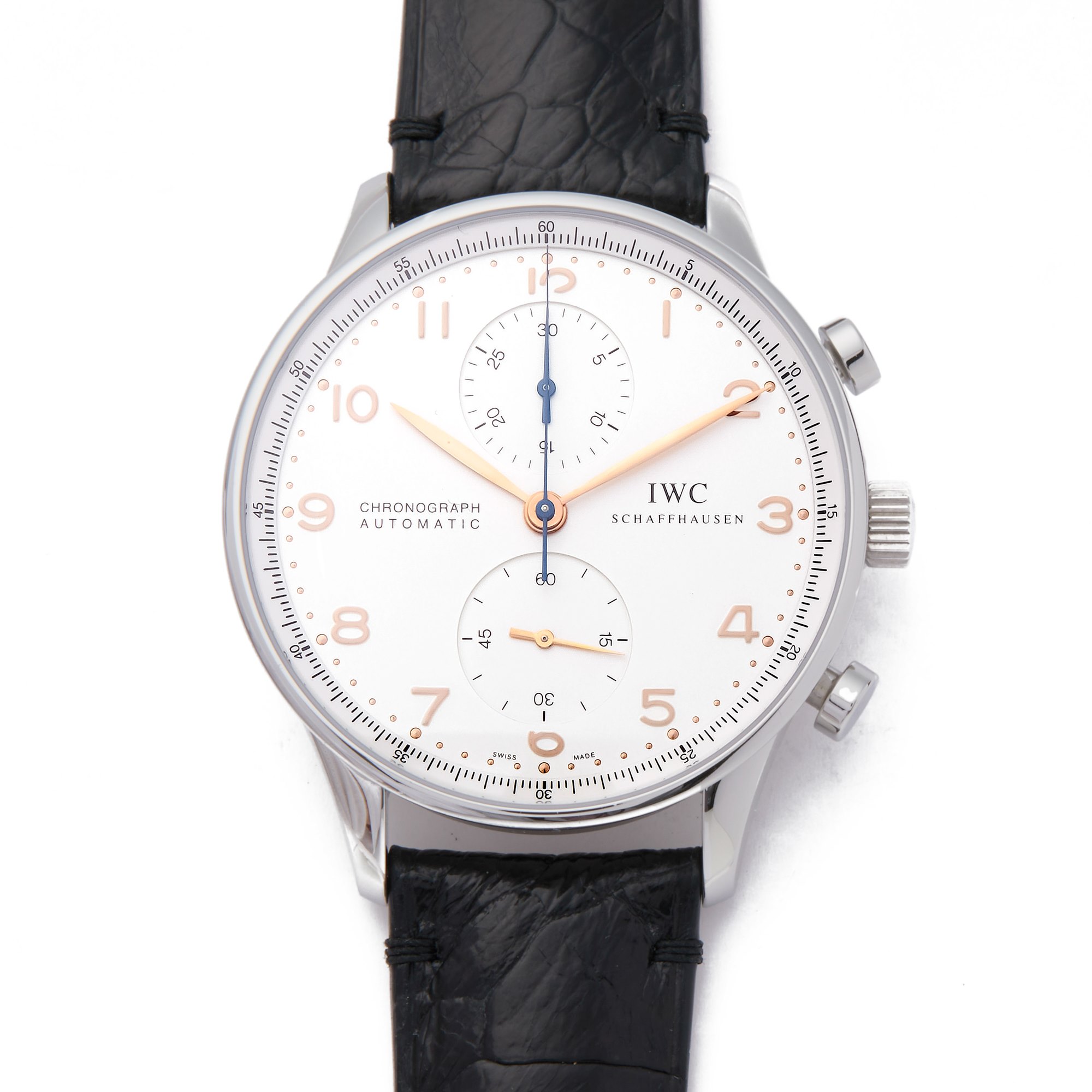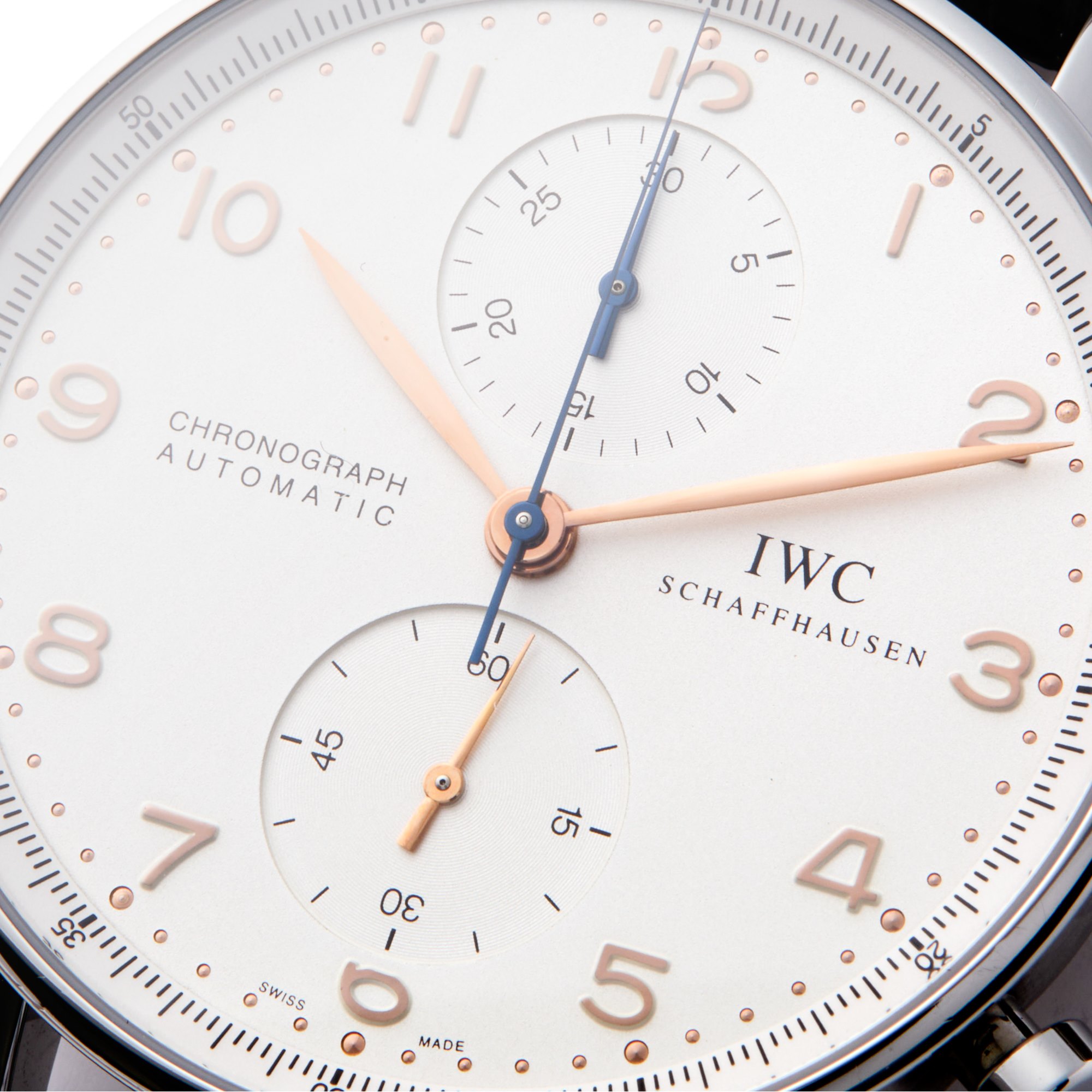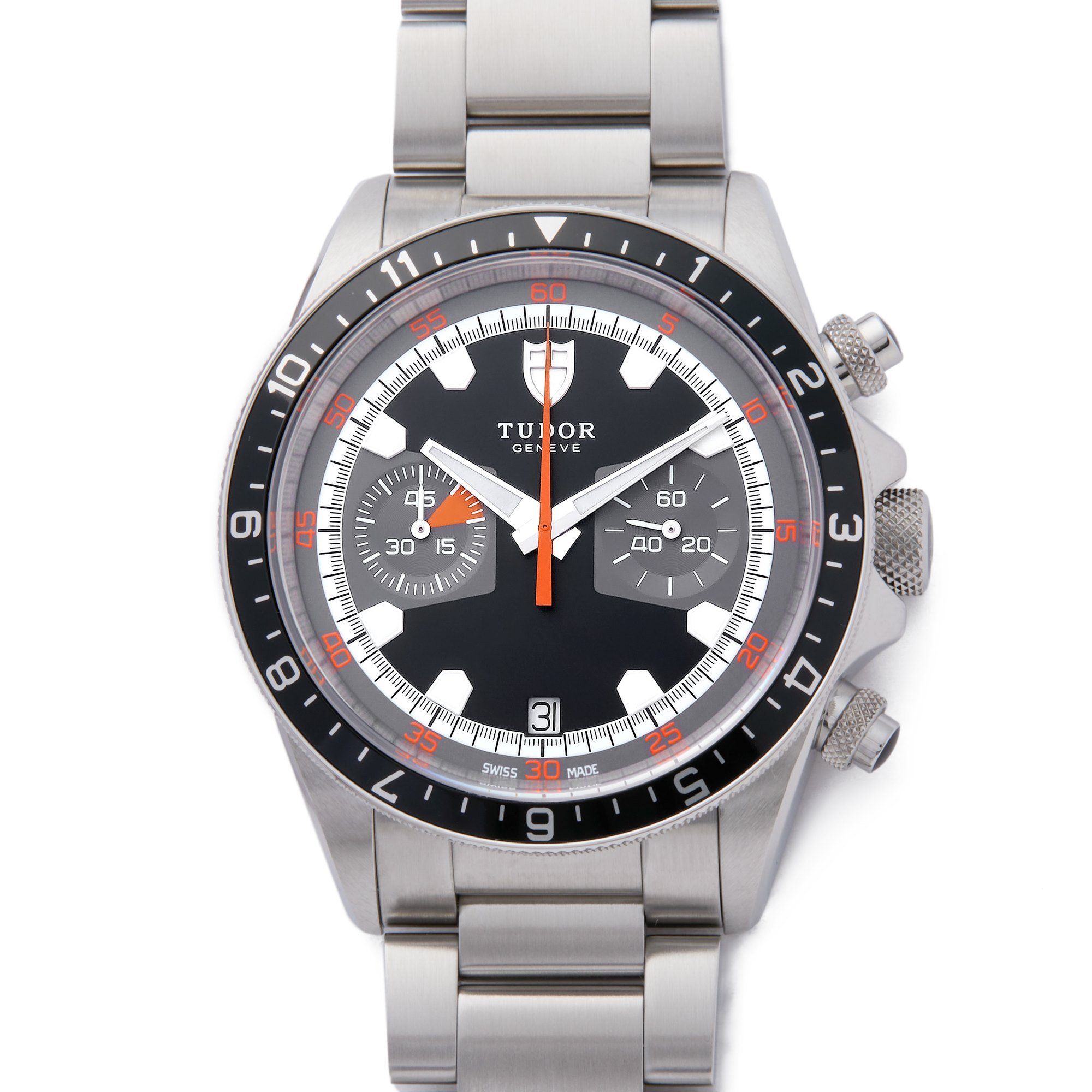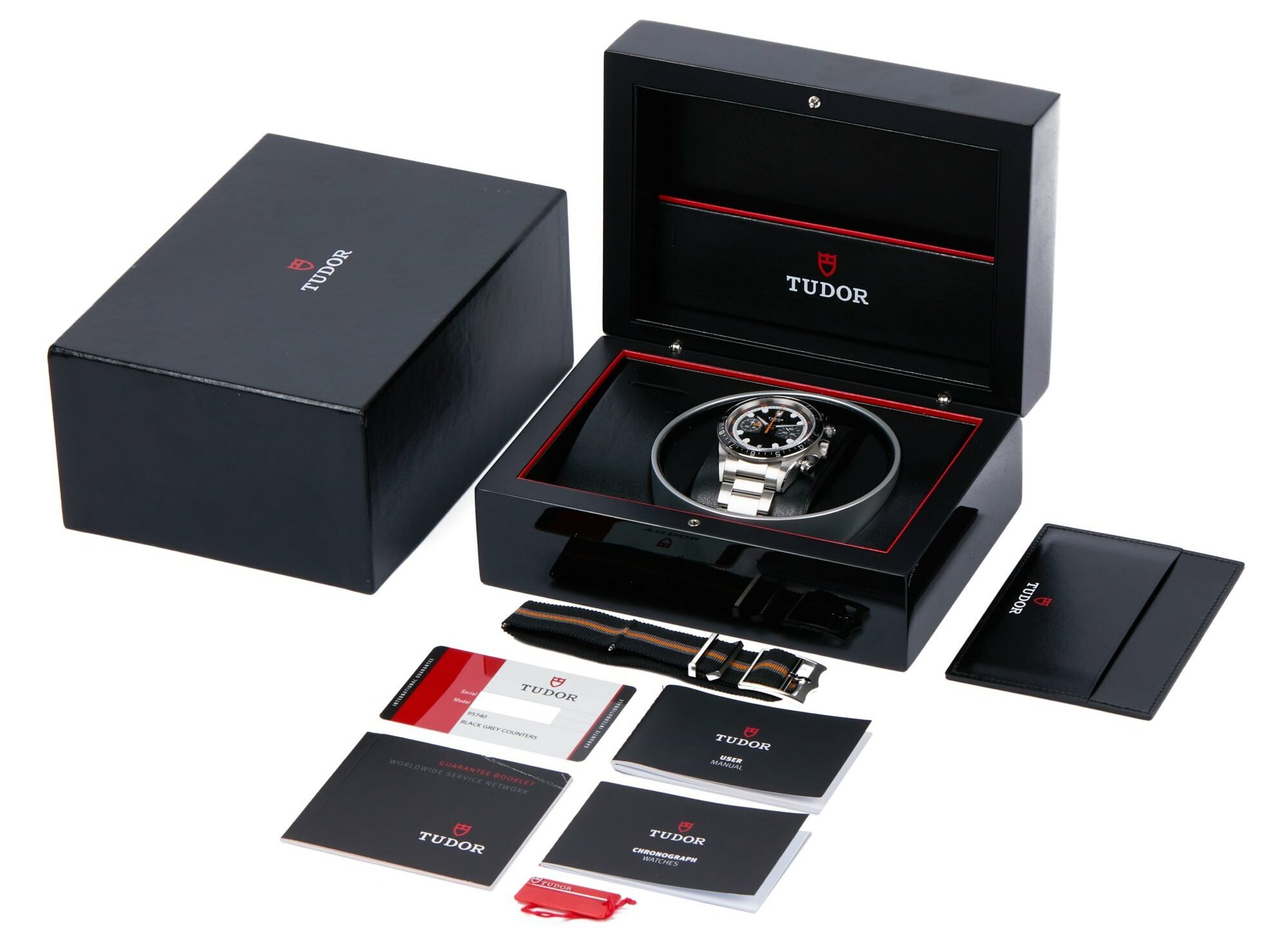Pre-Owned Spotlight: A Mix Of Classics From Rolex, Jaeger-LeCoultre, Tudor, And IWC
Whenever I browse marketplaces and dealer websites, I tend to return to the classics. My classics don’t need to be the same as yours, of course, but a Rolex Sea-Dweller and IWC Portuguese Chronograph are classics to many watch enthusiasts. It surprised me to see that the price development on the IWC Portuguese Chronograph has been quite soft. I wish I could say the same for the Sea-Dweller, but perhaps I should also not let the amount that I paid for one 20 years ago affect my opinion too much.
In addition, I included a watch from Jaeger-LeCoultre. This one was on my wishlist for a long time but somehow disappeared over the years. Last but not least, I also added something from Tudor. My previous Pre-Owned Spotlight article about Tudor watches (here) did not include this one, but I realized it is one that I wouldn’t mind owning.
Jaeger-LeCoultre Master Control Perpetual Calendar
But let’s start with the Jaeger-LeCoultre Master Control Perpetual Calendar. This is the former 37mm model with reference 140.8.80.S. When the successor — the Master Ultra-Thin Perpetual Calendar — debuted in 2016, JLC increased the diameter to 39mm. It also utilized a different movement, which relocated the moonphase display from 6 o’clock to 12 o’clock. There are, of course, some more differences to discover on the dial as well. And not only did JLC increase the diameter, but the brand also increased the price (today’s retail price is $29,700). Now, if you can live with the moonphase display at 6 o’clock and a 37mm diameter, you can have the Master Control Perpetual Calendar for €12,000. I even came across a few of them in gold for approximately €15,000.
However, this watch has one big “but” for me. It’s probably also the reason it silently disappeared from my wishlist. The JLC movement (889/440/2) inside is modular, meaning it has a base caliber with a separate mechanism for the perpetual calendar. I don’t mind a movement being modular, but in this case, it also means that the crown sits very low. It’s not a dealbreaker per se, but it did dampen my enthusiasm for the watch a little bit. Anyway, it is still a thing of beauty, and a pre-owned reference 140.8.80.S is an affordable perpetual calendar for sure. I found this 37mm Master Control Perpetual Calendar offered from Frankfurt am Main in Germany with the original box and papers. You can find the offer here.
Rolex Sea-Dweller 16600
The Rolex Submariner’s big brother shows a lot of similarities to the Submariner Date. However, it is often mistaken for the “no-date” Submariner 14060M because there is no Cyclops on the crystal. This was one of the reasons I got one back in 2003. The Sea-Dweller wears a bit thicker and perhaps clunkier than the Submariner, but it also has a few nice features that you won’t find on the latter. There’s the automatic helium valve, and the thick sapphire crystal and the bulky case will allow you to wear it 1,220 meters underwater (if you can survive). Talk about “useful” features! Well, at least it’s fun to know that the watch can do things you’d never do with it.
I’ve written more than once about the Rolex Sea-Dweller, and you can find the most recent article here. It is simply a stunning watch, and I feel it’s still a bit underrated compared to some other Rolex sports models. This watch dates back to 1997, meaning it has a tritium dial and hands and a tritium pearl in the bezel. Sure, this watch is not cheap (£10,650), but it’s a complete package and appears to be in great condition. You can find this offer here.
IWC Portuguese Chronograph
The history of the IWC Portuguese goes back nearly 100 years to two businessmen from Portugal who were looking for a large watch with a chronometer movement. The first Portuguese watch (the name wasn’t used back then; it was referred to as the IWC 325) had a diameter of 43mm. It was a huge watch for that time. Fast forward to 1995, and IWC introduced a rattrapante chronograph (IW3712) into its Portuguese family of watches. In 1998, IWC followed it up with a standard chronograph (IW3714), which would go on to become the line’s bestseller. This watch used the ETA/Valjoux 7750 chronograph movement but completely fit the serene style of the Portuguese line with Arabic numerals and just two sub-dials at 12 and 6 o’clock.
I have selected the IWC Portuguese Chronograph ref. IW3714, and this example dates to 2001. It has a modest 41mm case, but it wears larger due to the very thin bezel (and large dial aperture). This particular find comes complete with the original IWC box and papers. It is being offered from the United Kingdom for £4,350. You can find this offer here.
Tudor Heritage Chrono 70330N
Admittedly, the Tudor Heritage Chrono 70330N isn’t a classic in terms of age, but this model takes inspiration from the 1970s vintage “Monte Carlo” model, reference 7169/0. Plus, it looks “classic,” and the good thing about this modern reference 70330N is that it’s also very affordable. Whereas an original Tudor 7169/0 will set you back at least €20K, you can have this Heritage Chrono 70330N for approximately €3,650 (£3,150) complete with the box and papers.
Although the brand increased its prices by approximately 9% on January 1st (the retail price of this 70330N is now €4,640), Tudor offers a lot of bang for the buck. On the pre-owned market, you will able to find them at even more attractive prices. Inside is a Tudor T401 movement, which is based on the ETA 2892-A2 caliber with a chronograph module. You can find this offer from the United Kingdom here.
From the watches above, the IWC Portuguese and Tudor Heritage Chrono are very attractively priced indeed. The IWC is particularly interesting to see as the current iteration has a retail price of €9,100. You can opt for the brand’s in-house movement at that price, or you could decide to trust the reliable ETA/Valjoux 7750 and save yourself a Tudor Heritage Chrono. Let us know what you would do in the comments.

